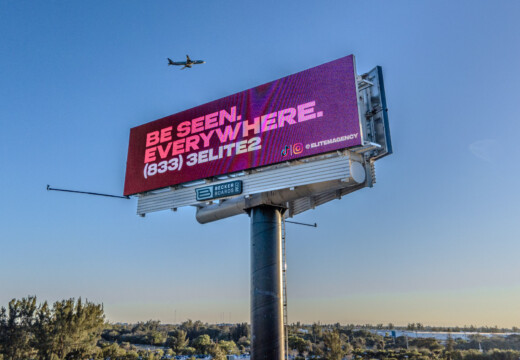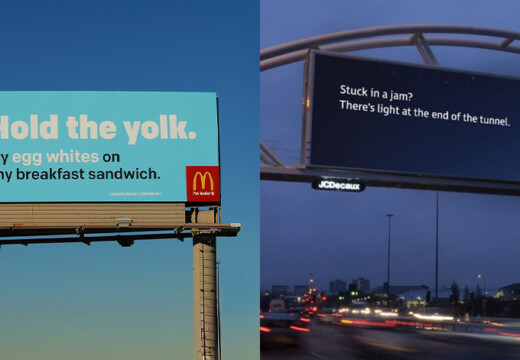Billboards are public, bold, and impactful – but they can backfire if they ignore community values. Designing billboards that respect local cultures helps brands connect with audiences while avoiding costly mistakes. Here’s a quick guide:
-
What works:
- Use local landmarks or symbols.
- Pick colors tied to local traditions.
- Add bilingual text in diverse areas.
- Reflect seasonal events.
-
What to avoid:
- Misusing cultural or religious symbols.
- Poor translations.
- Ignoring local color meanings.
- Misrepresenting demographics.
Digital billboards offer flexibility to update designs quickly, making it easier to adapt to community feedback. Thoughtful designs build trust, while mistakes can harm your brand’s reputation. Start with research, stay mindful, and tailor your message for maximum impact.
Cultural Differences in Advertising: The Core Truth
How Design Choices Affect Ad Success
The design of a billboard can determine whether an ad connects with its audience or falls flat. Striking visuals are important, but they need to align with cultural context to truly make an impact.
Digital tools now allow advertisers to test different designs efficiently, making it easier to refine ads that reflect cultural nuances and resonate with audiences.
Let’s dive into some specific design strategies that honor cultural norms while capturing attention.
1. Successful Design Approaches
These design strategies combine eye-catching visuals with community-focused elements:
- Use local landmarks and cultural symbols: Highlighting familiar icons or motifs can help connect with the community on a deeper level.
- Choose regionally inspired colors: Pick color palettes tied to local festivals or traditions to create an emotional connection.
- Include bilingual messaging: In diverse areas, concise and easy-to-read bilingual text ensures your message reaches everyone, even at highway speeds.
- Reflect seasonal events: Tailor your designs to align with seasonal activities, like sports events or cultural celebrations, to stay relevant year-round.
Digital billboards make it easy to test and adjust these elements in real time, allowing you to fine-tune your designs based on feedback from the community.
Next, let’s look at common design mistakes that can push audiences away.
sbb-itb-2e2e93f
2. Design Mistakes to Avoid
Now that we’ve looked at effective design strategies, let’s focus on common errors that can hurt your brand’s reputation and alienate audiences:
- Misusing religious or cultural symbols: Be mindful of how symbols are presented to avoid offending specific groups.
- Using unverified translations: Poorly translated text can lead to misunderstandings or even ridicule.
- Ignoring community-specific color symbolism: Colors carry different meanings across cultures; choose wisely.
- Misrepresenting local demographics: Ensure your visuals reflect the people you’re trying to reach.
- Overlooking placement context and event timing: Ads displayed at the wrong time or place can backfire.
- Using small text, low contrast, or cluttered layouts: Hard-to-read designs frustrate users and reduce engagement.
Avoiding these pitfalls is key to maintaining trust and connecting with your audience effectively.
Benefits and Drawbacks
Let’s examine the key advantages and challenges of culturally sensitive billboard campaigns:
Benefits:
- Boosts brand visibility by placing ads in busy, high-traffic areas.
- Allows for quick updates to align with local events or community input.
- Creates meaningful connections with local audiences through tailored messaging.
Drawbacks:
- Magnifies mistakes if cultural nuances are mishandled, given the public exposure.
- Necessitates ongoing research to keep up with changing community values.
- Balancing eye-catching designs with cultural sensitivity can be tricky.
Conclusion
Billboards that respect cultural nuances combine eye-catching visuals with responsible messaging to avoid costly mistakes, while digital formats allow for quick updates to meet community expectations.
Base your designs on thorough local research, choose visuals and language that suit your audience, and steer clear of anything that might cause offense.


